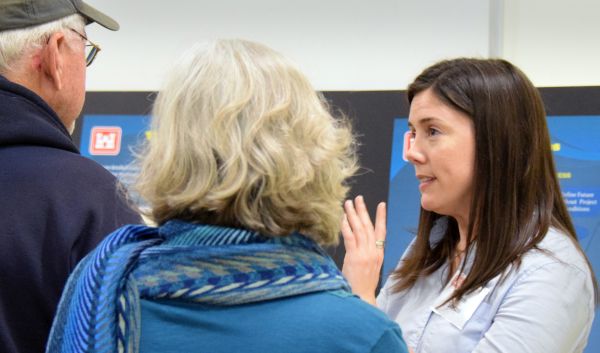How does one eat an elephant … one bite at a time, right?
That one-liner describes how an incredibly complex task can be accomplished by stating a goal, gathering facts, initiating action and formulating an overall plan from a series of achievable actions using available resources.
 That also describes a feasibility study by the U.S. Army Corps of Engineers, though we’d work hard to avoid harming an actual elephant.
That also describes a feasibility study by the U.S. Army Corps of Engineers, though we’d work hard to avoid harming an actual elephant.
Since February 2012, Corps feasibility studies are guided by our "3x3x3 Rule": producing the report in no more than three years; with cost not greater than $3M; and involving three levels of Corps experts throughout the study process. Complex studies may require time and funds beyond three years and three million dollars to complete, but those complex studies are the exception rather than the rule.
A Corps feasibility study involves assessing problems and opportunities related to water resources; finding alternative solutions to those problems; alternative comparison; and selection.
The study incorporates quality engineering, economics, real estate and environmental analysis within a Project Delivery Team. The PDT develops the feasibility report through several iterations, with the draft report growing over time and confirmed at milestones throughout the study process.
A typical Corps PDT includes a project manager, a planner, a civil engineer, a geotechnical engineer, an hydrologist, an hydraulic engineer, a biologist or other environmental specialist, a cost engineer, a real estate specialist, and an historian/archaeologist. Each is responsible for identifying water resources problems and assisting in formulating solutions to those problems. The key to a successful feasibility study is this interdisciplinary approach to solving problems.
Coordination with state and federal resource agencies and tribal leadership begins with the outset of the scoping phase at the district level.
That communication and collaboration follows throughout the study, minimizing any possible delays and maximizing time invested. For example, established roles of the U.S. Fish and Wildlife Service and National Oceanic and Atmospheric Administration (NOAA) Fisheries are retained and re-emphasized in the feasibility study process with a focus on early coordination.
 Feasibility study review includes both internal and external review, all detailed in the study’s review plan. External reviews include formal periods for public review during initial scoping and during formulation of the environmental impact documents.
Feasibility study review includes both internal and external review, all detailed in the study’s review plan. External reviews include formal periods for public review during initial scoping and during formulation of the environmental impact documents.
The final product, an integrated feasibility study report, presents science-based decisions and the reasons that led to those decisions.
After all reviews are successful, results of the feasibility study become a Chief’s Report and can be presented to Congress for funding consideration.